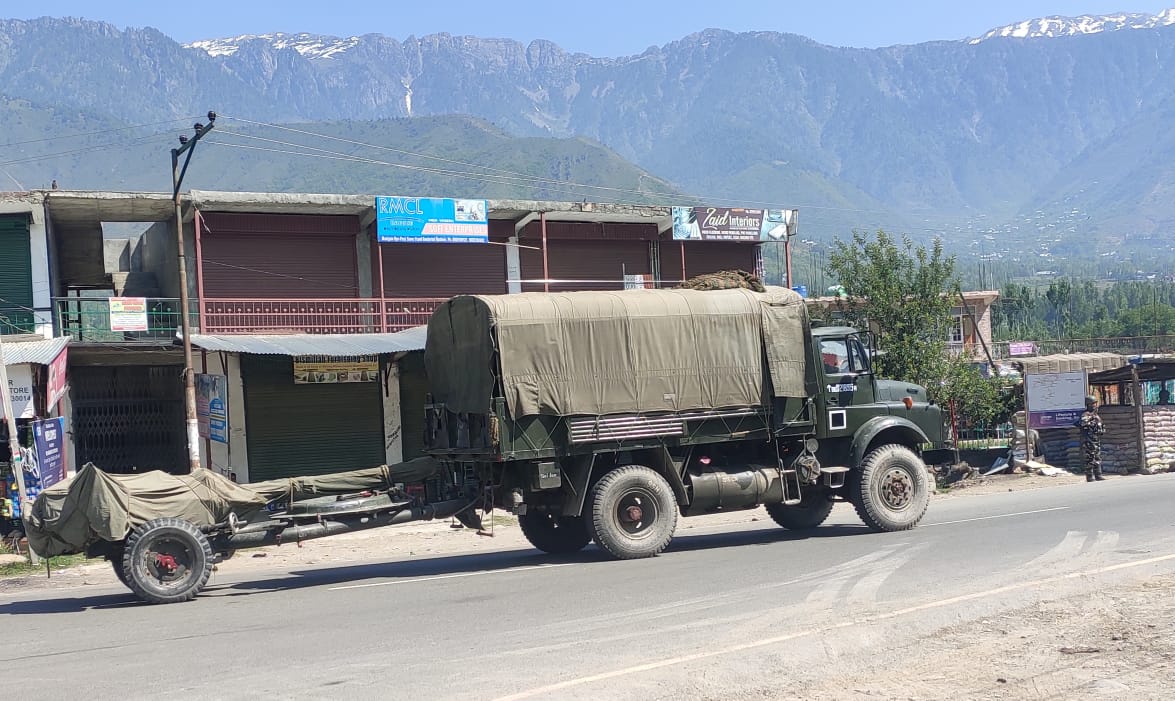Suhail Khan
SRINAGAR, June 18(KINS) : Amid escalations along the Line of Actual Control (LAC), the Chinese army seems much more powerful than India.
This could be gauged by the fact that China’s defence budget is three times more than India.
“China has hiked its defence budget from US$ 177.6 billion in 2019 to US$ 179 billion in 2020, nearly three times that of India. China has the world’s largest military of two million troops and the second-largest military spender after the US. India’s budget for 2020 amounted to US$ 66.9 billion (Rs 471,378 crore),” a defence expert told news agency Kashmir Indepth News Service (KINS).
The escalations along the borders of Union Territory Ladakh started after China objected India for developing infrastructure in the new Union Territory and abrogation of Article 370 in the erstwhile state-Jammu and Kashmir
At least 20 Indian army men were killed on Monday night after their clash with Chinese soldiers in Galwan valley of Ladakh.
For the last five-weeks, there has been face-off between Indian and Chinese Army in Galwan valley and Pangong along the Line of Actual Control (LAC) in Ladakh.
The China has been objecting for developing infrastructure near the LAC in Ladakh and withdrawal of Article 370, which granted special status to Jammu and Kashmir.
China is particularly concerned about a bridge that India is building across the Galwan Nallah.
The bridge according to locals is about 7.5 km from the LAC. But the Chinese have objected because they are suspicious of India’s aims on account of New Delhi’s claim over Aksai Chin.
A source in the Defence Ministry said that China is suspicious that the Indian constructions in the area are meant to facilitate quick movement of soldiers if any attempt is made to recapture Aksai Chin.
Wang Shida, who is Deputy Director of the Institute of South Asian Studies at the China Institutes of Contemporary International Relations (CICIR) has linked the current to India’s move last year to abrogate Article 370 and change the status of Jammu and Kashmir.
“On the Chinese side, India opened up new territory on the map, incorporated part of the areas under the local jurisdiction of Xinjiang and Tibet into its Ladakh union territory. This forced China into the Kashmir dispute, stimulated China and Pakistan to take counter-actions on the Kashmir issue, and dramatically increased the difficulty in resolving the border issue between China and India,” Shida said in a recent article.
CICIR is a Beijing-based think-tank that is affiliated to the Ministry of State Security, China’s top intelligence body.
India shares a 3,488-km border with China while Ladakh shares 646 kms of the LAC with the neighbouring country.
Monday’s face-off was the biggest confrontation between the two militaries after their 1967 clashes in Nathu La when India lost around 80 soldiers while over 300 Chinese army personnel were killed in the confrontation.(KINS)


